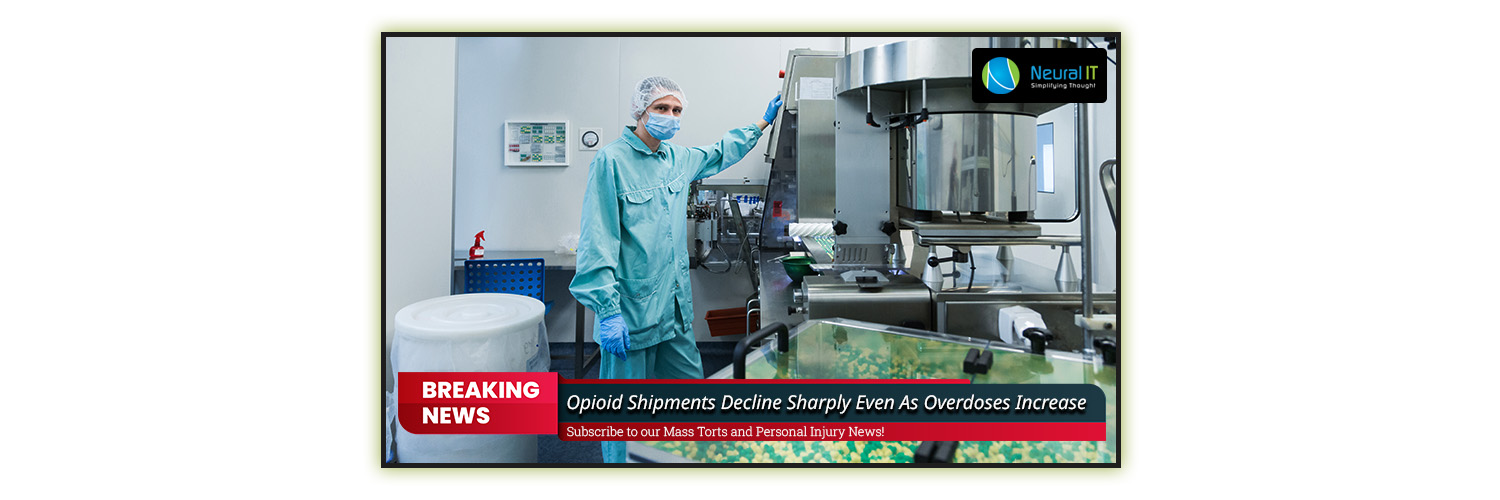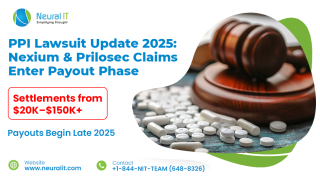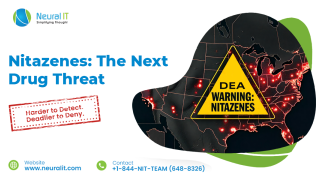Opioid Shipments Decline Sharply Even As Overdoses Increase
Opioid Shipments Decline Sharply Even As Overdoses Increase

Introduction
According to recently disclosed data, the amount of prescription opioid tablets transported into the United States in the second half of the 2010s fell significantly, even as the overdose epidemic in the country grew worse.
The overdose epidemic accelerated in the middle of the 2000s after state and federal governments tightened prescribing guidelines and state, local, and Native American tribal governments sued the industry over the cost of the addictive drugs. The decline in painkiller prescriptions eventually reached levels below the amounts sold at that time.
According to a lawyer for governments suing medication manufacturers, distributors, and pharmacies, the nation continues to have an epidemic level of pill use.
The U.S. Drug Enforcement Administration was required by a judge to provide the plaintiffs with the distribution data, which is now being made public by the plaintiffs' attorneys. Authorities claim that when they noticed that more opioids were being supplied to pharmacies and patients than was required, the businesses should have taken more action to stem the flow of the drugs.
As part of their legal actions, the attorneys requested the most recent data from ARCOS, the DEA's Automation of Reports and Consolidated Orders System. It revealed that for 12 major opioids, 8.8 billion dose units of tablets, patches, and lollipops were distributed in 2019. Only little more than half as many doses were shipped at their peak in 2010, when around 16 billion doses were transported.
The harshest medication dosages from the past are no longer available, according to lawyers. However, one of the solicitors drew attention to the fact that while shipments of prescription drugs dropped, illicit opioids, notably heroin and illegally made fentanyl, rose. And the number of fatal overdoses kept increasing.
More striking data was initially made available to the public four years ago, demonstrating how the prescribing and shipping of potent prescription opioid painkillers rose in the late 2000s and early 2010s. Prescription medicines at the time were the opioids most frequently associated with fatalities in the United States.
Data indicated that even as mortality increased, physicians continued to prescribe stronger medications. And it demonstrated exactly how prevalent the medications were: Each year, pharmaceutical firms sent enough tablets for everyone to have more than a 100-day supply in some counties, especially in Appalachia.
First comprehensive examination of what transpired with prescription medicine shipments later in the 2010s is provided by the recently produced data. However, the tale of the overdose epidemic beyond that point is widely known and bleak.
Policymakers and medical professionals began limiting access to prescription opioids in the early 2010s. Addicts searched for other sources and discovered them in illegal tablets, which are frequently fake, and other street narcotics. Deaths from heroin and illegal, powerful synthetic opioids like fentanyl, which are frequently mixed with other narcotics by dealers, also rose sharply.
More people have died as a result of the fentanyl crisis than in any previous drug-related disaster in American history. Over 21,000 fatalities in the United States in 2010 were attributed to opioid use. Over 82,000 people died from opioid overdoses in 2022.
The data from 2006 through 2014 had to be given under an earlier order from a U.S. District Judge in Cleveland who is in charge of the evidence in all the federal court litigation.
The lawsuits are currently in a very different situation. The outcomes of certain trials have been conflicting. However, the majority of the important corporations have negotiated settlement deals that, if they are all finalized, will amount to more than $50 billion. Included in that are up to $6 billion from Purdue Pharma, the producer of OxyContin, which is owned by the Sackler family. The United States Supreme Court is considering that settlement, thus, it is on hold.
The Kroger Co., a grocery store giant with locations in 35 states, recently agreed to pay up to $1.4 billion in settlements. The opioid crisis must be addressed with the majority of the settlement money.




